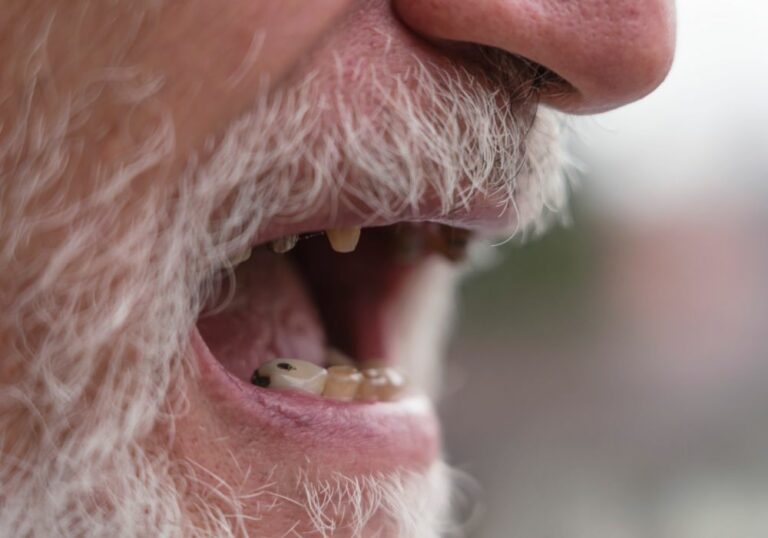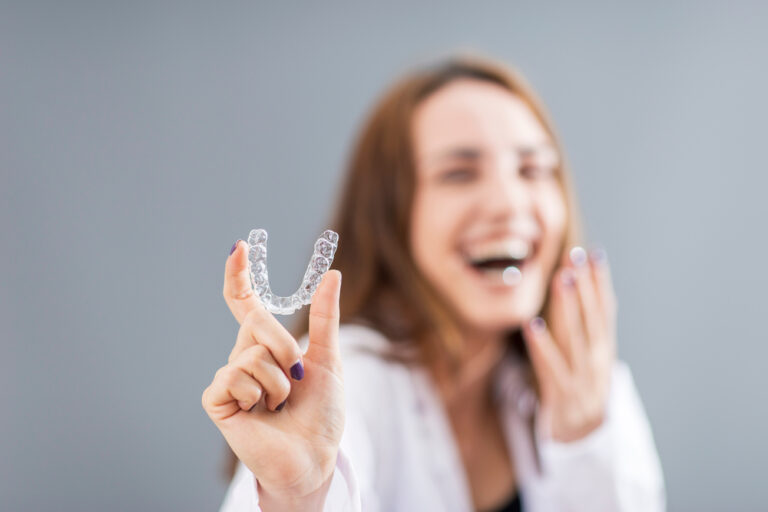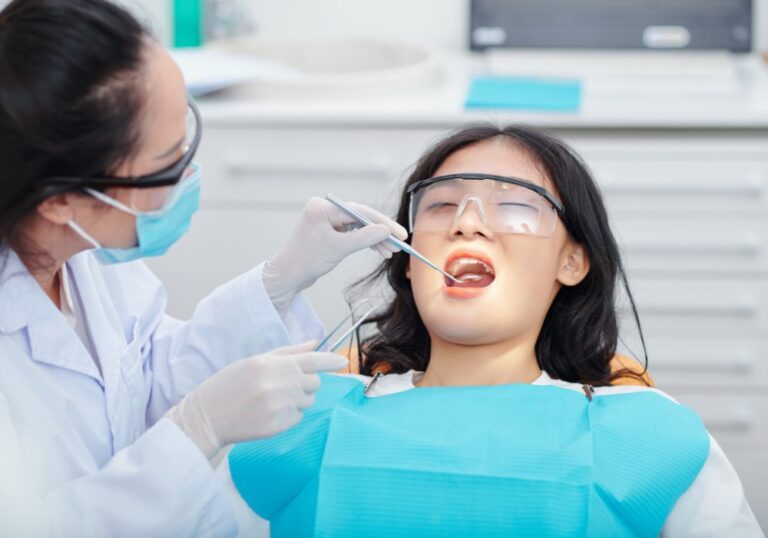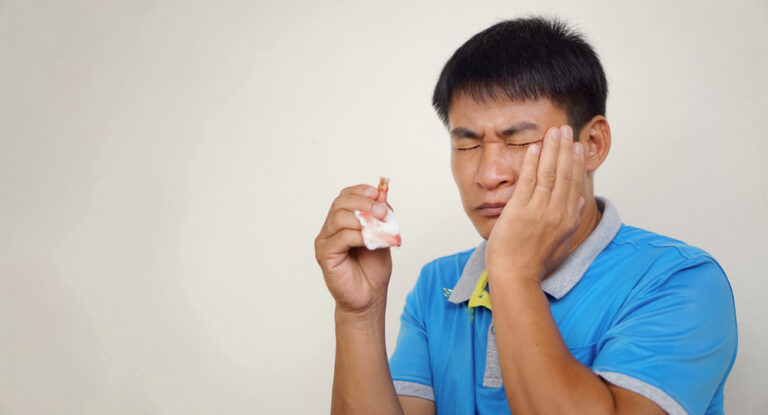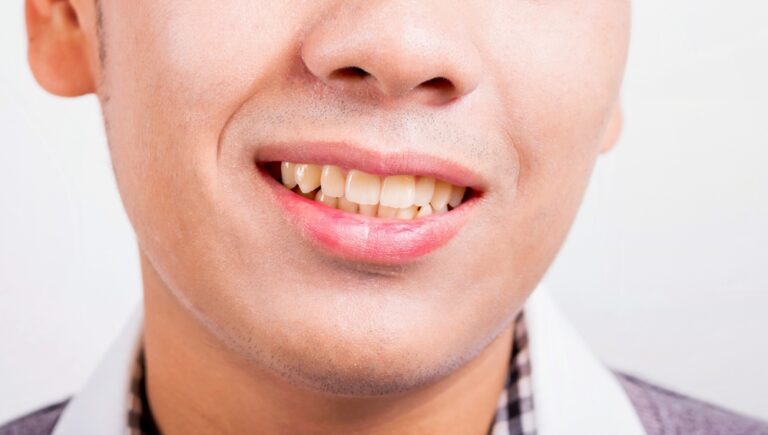Dogs, just like humans, can and do survive with broken teeth. However, a broken tooth is a serious dental injury that requires prompt veterinary attention and appropriate treatment. Left untreated, a broken tooth can lead to severe complications and ongoing pain for your dog.
What Causes Dogs to Break Teeth?
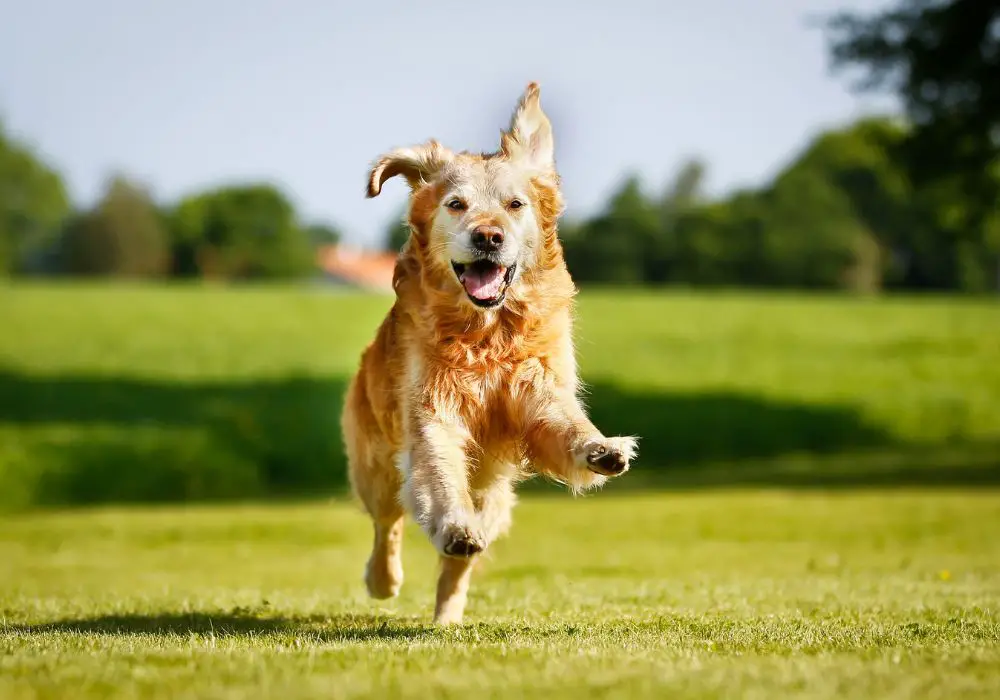
There are several potential causes of broken teeth in dogs:
Trauma
Just like people, dogs can break their teeth from traumatic injuries such as:
- Being hit by a car
- Being bitten by another dog
- Falling from heights
- Being struck in the mouth
Blunt force trauma to the mouth often results in fractured teeth. The incisors at the front of the mouth are most prone as they absorb the impact first.
Chewing on Hard Objects
Dogs have a natural tendency to chew. However, chewing or playing with items that are too hard can also lead to cracked or broken teeth. Common culprits include:
- Rocks
- Cow hooves
- Ice cubes
- Rawhide chews
- Bones
- Hard plastic or rubber toys
- Sticks
Chewing ice cubes is surprisingly risky – they may seem harmless but their hardness combined with the cold temperature makes teeth prone to fractures.
Tooth Wear
With age, many dogs experience gradual tooth wear from years of chewing. Enamel thinning exposes the weaker dentin underneath, making teeth more susceptible to breaking. Older dogs are therefore at higher risk of tooth fractures.
Poor Dental Health
Existing dental disease weakens the structure and health of teeth. Pre-existing cracks, tooth decay, abscesses, and gum disease all increase the chance of teeth fracturing during eating or chewing.
Signs Your Dog Has a Broken Tooth
Some signs that your dog may have a broken tooth include:
- Crying or yelping when eating or chewing
- Bleeding from the mouth
- Loss of appetite or refusal to eat on one side of the mouth
- Excessive salivation or drooling
- Facial swelling on one side near the problematic tooth
- Nasal discharge coming from just one nostril (a sign of infection spreading)
- Bad breath
- Rubbing or pushing their face along the floor or surfaces
- Obvious visual evidence of a cracked or broken tooth
Seeing the Vet Promptly is Crucial
You should never ignore potential signs of a broken tooth in your dog. Seeking veterinary assessment and treatment quickly gives the best chance of saving the tooth and preventing complications. The longer a broken tooth goes untreated, the higher the risk of infection setting in.
Your Veterinarian Will Examine the Mouth Thoroughly
To check for broken teeth, your vet will carefully examine the entire mouth under sedation or general anesthetic. Probing for loose teeth, checking for fractured surfaces, examining the gums and assessing each tooth root are all part of determining the damage. Dental x-rays are also commonly performed to evaluate the tooth below the gumline. These help find signs of infection.
Potential Complications of Untreated Broken Teeth
Left untreated, a broken tooth with an exposed pulp cavity is vulnerable to some very painful complications:
Tooth Infection
Once the tooth pulp is exposed to the oral environment, bacteria can invade and infect the tooth’s inner structure and root. This is extremely painful and usually results in the need for tooth extraction before infection spreads further.
Tooth Abscess
An abscess occurs when an infection at the tooth root spreads into the surrounding bone creating a pocket of pus. The buildup of pus creates a swollen, painful lump on the face alongside the problematic tooth. Abscesses require treatment as they won’t resolve alone.
Osteomyelitis
This serious condition involves the tooth infection spreading from the root into the dog’s jaw bone, causing inflammation and bone destruction. Osteomyelitis is very painful and difficult to treat, usually requiring aggressive antibiotic therapy combined with tooth extraction.
Sepsis
Left to progress, the dental infection can enter the bloodstream becoming a life-threatening systemic infection called sepsis. Once infection reaches the bloodstream, it can rapidly spread and damage organs throughout the body. Sepsis must be treated intensively with hospitalization, antibiotics and fluids.
The take home message is clear – broken teeth should never be ignored in dogs. Seeking prompt veterinary attention provides the best opportunity to manage pain, preserve the tooth where possible and prevent systemic complications.
How are Broken Dog Teeth Treated?
The most appropriate treatment for a broken tooth depends on the extent of damage sustained:
Dental Sealants and Caps
If the tooth fracture is minor and hasn’t exposed the pulp cavity, a sealant or protective cap applied by your vet may be all that’s required. These coat and seal over cracks and roughened surfaces to prevent sensitivity and further damage while letting the tooth heal. They are like a protective bandage.
Root Canal Therapy
Where the pulp is exposed but there is no infection present yet, a root canal procedure may be able to save the damaged tooth. Just like in human dentistry, this involves:
- Removing the infected tooth pulp
- Disinfecting and flushing the inner tooth canals
- Sealing the space to prevent reinfection
Root canals require special equipment and dental expertise to perform but are highly effective at rescuing infected teeth if conducted promptly before the infection spreads. They are similar to human procedures.
Tooth Extraction
Where an infected tooth root or abscess exists, extraction is usually necessary. Removing the damaged tooth eliminates the source of infection allowing the area to heal. It may be recommended for very severely broken teeth or where finances prohibit complex dental treatment. Most dogs cope extremely well with missing teeth.
Antibiotics and Pain Relief
Supportive care with antibiotics and pain relievers is crucial regardless of the treatment approach taken. Broad spectrum antibiotics will be prescribed to control bacterial infection while pain medications keep your dog comfortable during treatment and recovery. Never try to manage dental pain yourself – consult your vet.
Can Dogs Eat Normally With Broken Teeth?
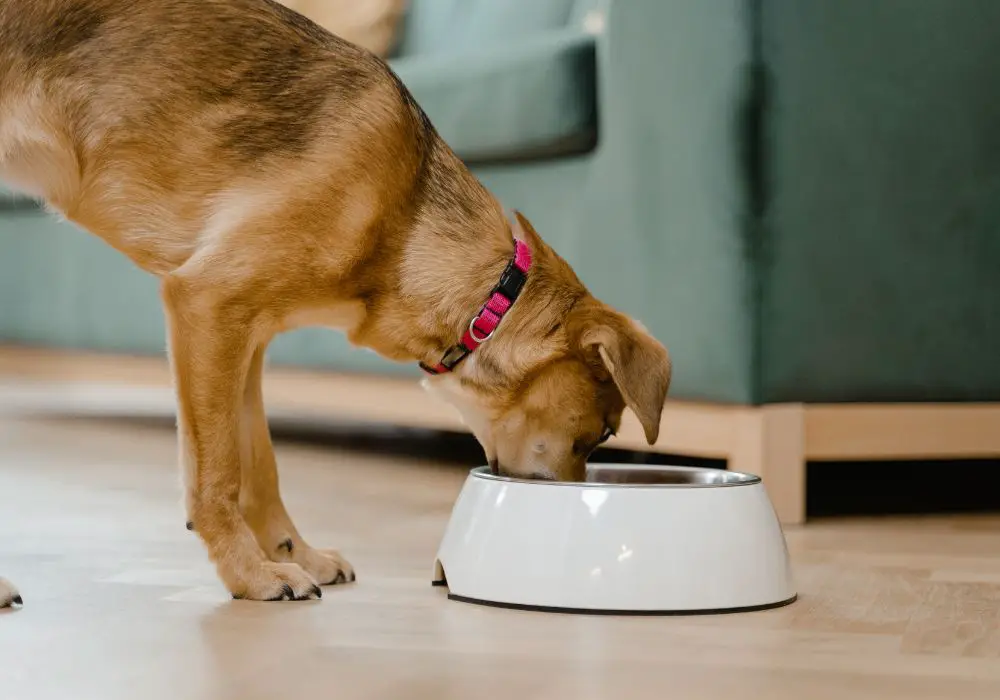
Facilitating Healing With Appropriate Food Choices
The extent of damage and treatment influences how well a dog can eat after a broken tooth. Some tips to support healing include:
- Feeding wet or soft food initial to reduce chewing discomfort. Canned dog food or soaked kibble makes eating less painful.
- Avoiding very hot or cold foods against sensitive teeth. Serve food at room temperature.
- Preventing damage to surrounding teeth by avoiding hard chews or toys.
- Using a plastic bowl rather than stainless steel to decrease noise and discomfort.
- Hand feeding allows you to offer food on the least painful side of the mouth.
With simple fractures and protective caps/sealants, your dog may eat fairly normally throughout recovery with some minor accommodations. However, after extractions or root canals your dog will need significantly softer food while considerable healing occurs over 2-4 weeks. Work closely with your vet on transitioning food consistency to ensure your dog remains well nourished.
Will My Dog Starve With Broken Teeth?
It’s very rare for dogs to actually starve because of damaged teeth, but their nutrition may suffer. Severe dental injury can be painful enough to suppress the appetite preventing dogs from eating enough. Offering soft, shredded and lukewarm food in multiple smaller meals encourages eating until healed. Nutritional supplements added to food or fed by syringe can provide a calorie boost if your dog isn’t eating well. Vigilance with feeding and weighing regularly helps avoid dramatic weight loss. Contact your vet if poor appetite persists beyond several days of pain medications – other support strategies or treatments may be needed. But with your support, most dogs recover their ability to eat well over time after dental injury and treatment.
Questions To Ask Your Vet About Broken Dog Teeth
Some important questions to ask your veterinarian include:
- Will my dog’s tooth require extraction or can it be saved?
- What options are available for treating the specific tooth involved?
- What is the projected cost of recommended treatment?
- How long will pain and difficulty eating likely last?
- Will any particular care or feeding adjustments be needed during recovery?
- Should I brush my dog’s teeth and how soon after treatment?
- How can I prevent damage to other teeth in future?
- Will you provide a written cost estimate for the proposed treatment plan?
Asking questions helps you better understand the options available for your dog’s unique injury and makes you an informed participant in their care. Most vets welcome owner questions.
Recovery Tips and Aftercare for Broken Dog Teeth
Supporting your dog through treatment and recovery includes:
- Administering all medications as directed – antibiotics, pain relievers, anti-inflammatories
- Softening their food during the weeks following treatment
- Using plastic feed and water bowls
- Supervising play and walks to prevent further mouth injuries
- Checking their mouth daily for signs of complications
- Bringing them to scheduled recheck appointments with your vet
- Gently brushing teeth after several weeks once healed
- Avoiding future dental damage from hard objects and aggressive chews
With attentive nursing care and compliance with your vet’s recommendations, most dogs make an excellent recovery after a broken tooth is addressed.
Can Broken Teeth Heal Themselves?
Broken teeth do not heal themselves effectively without treatment. The living pulp tissue within the tooth is exposed to the bacteria-laden oral environment whenever fracture damage extends into the inner structures. This leads to inevitable infection over time.
Seeking prompt professional treatment is critical to:
- Relieve pain
- Save the damaged tooth when possible
- Prevent the spread of infection into root structures
- Avoid abscess and bone infection development
- Reduce the risk of systemic infection
Never adopt a “wait and see” approach with a suspected broken tooth – infection can set in rapidly. A broken tooth with an exposed pulp must be treated by a veterinarian for optimal results; healing will not occur reliably without clinical intervention. The longer treatment is delayed, the lower the chance of saving the affected tooth.
Are Dog Dental Injuries an Emergency?
What constitutes an emergency versus an urgent dental concern can be confusing with pets. Guidelines include:
Seek Emergency Veterinary Care Within Hours If You Notice:
- Bleeding from the mouth that doesn’t stop
- Loss of consciousness after a facial injury
- Inability to eat or drink anything without pain
- Severe facial swelling impairing breathing
- A tooth visibly knocked out or dangling
- Collapse, seizure or high fever developing after a mouth injury
Dental Injuries Warranting Evaluation Within 24 Hours Include:
- Suspected fracture with sensitivity and pain
- Refusal to eat on one side of the mouth
- Moderate facial swelling near a tooth
- Obvious changed appearance to a tooth
- Any signs of increasing pain over hours
Use your best judgment – when in doubt, seek prompt veterinary advice. This allows problems to be addressed before they escalate into dental emergencies requiring emergency surgery and hospitalization.
Are Broken Dog Teeth Painful?

Yes, broken teeth are very painful, especially when the inner pulp is exposed. The pulp contains a dense network of sensitive nerves that register intense pain when damaged. Infection compounds discomfort. Even hairline cracks in tooth enamel cause mild to moderate discomfort with temperature extremes or pressure. Fractures exposing the dentin layer are also extremely sensitive. Pets may show minimal visible signs of dental pain but are suffering. Only vigilant pet owners detect issues promptly through subtle appetite and behavior changes. Any suspected tooth fracture warrants professional examination to assess pain levels and necessary treatment. Leaving dental injury untreated always allows preventable suffering.
How is Tooth Pain Managed?
Ensuring pets are comfortable during dental injury treatment is crucial. Options to relieve pain include:
Oral Pain Medications
Your vet will prescribe oral pain relievers for at home use in the days to weeks following treatment. Commonly used drugs include NSAIDs like carprofen or meloxicam and narcotics like tramadol or codeine. Never give human over-the-counter painkillers to pets – they can be toxic.
Local Anesthesia Blocks
Local anesthetic injections around nerves surrounding damaged teeth provide targeted pain relief during initial treatment and for a period afterwards. This offers immediate pain control.
Sedation and General Anesthesia
Treatment for broken teeth usually requires general anesthesia both for pain relief and allowing the procedure to be performed safely. Short term anesthesia removes pain entirely during treatment.
Physical Therapy
Gentle exercises, massage and cold compression applied to sore jaw muscles helps manage discomfort after fractures and extraction procedures. Your vet can demonstrate useful techniques to practice at home.
Nutritional Considerations
Prescription dental foods exist that avoid putting pressure on sore teeth and contain antioxidants and omegas to help repair damaged tissues. Hydration with bone broths speeds healing.
Veterinarians have an array of pharmacological and complementary approaches available to keep pets comfortable during dental injury management. Maintaining nutrition is also crucial, and irreparably damaged teeth may eventually need extraction once pets are stable. Prioritizing pain control while treatment occurs ensures pets do not suffer unnecessarily. With compassionate therapeutic management, even severely damaged teeth and jaws can ultimately heal well.
Can a Dog’s Broken Tooth Heal Itself?
Broken teeth will not heal themselves effectively without veterinary intervention. Some key reasons why include:
- The living tooth pulp, once exposed, will always become infected due to contamination with oral bacteria. Infection is unavoidable.
- Infection rapidly invades the root canal structures causing extreme pain and abscess formation without treatment.
- Tooth fractures are prone to further damage over time. Pieces may break off or the crack may worsen.
- Teeth adjacent to fractures often shift or wear abnormally, causing secondary damage.
- Bone loss and other degenerative changes occur around broken teeth.
- Inflammation and infection increase tooth loss risk if not addressed via extraction or root canal therapy.
While teeth are amazingly resilient considering their constant use, they cannot heal from significant insults or fractures unaided. Correctly stabilizing damaged teeth and combating infection are key to saving teeth long term. Ignoring the expertise of veterinary dentistry nearly always results in preventable tooth loss and dental disease progression.
Prognosis for Broken Dog Teeth
The ultimate prognosis depends greatly on how quickly treatment is obtained after the injury occurs. In general:
- With prompt therapy, many fractured teeth can be restored to full function and comfort for the long term.
- If pulp exposure is minimal, healing success is very high, especially in younger dogs.
- The longer pulp infection exists before treatment, the lower the chance of saving the tooth via root canal due to irreversible pulpitis.
- With advanced infection or abscessation, extraction is inevitable but excellent function follows after healing.
- Meticulous homecare is vital for optimal recovery, especially maintaining teeth brushing on other teeth.
The outlook for broke teeth is generally good to fair with fast action. Even lost teeth are well tolerated long term in dogs. Prioritizing early therapy optimizes the chances of your dog’s mouth healing completely.
Preventing Broken Dog Teeth
While accidental injuries can’t always be avoided, you can take steps to minimize your dog’s risk of dental fractures:
- Supervise chewing and play with toys – avoid excessively hard items.
- Avoid frozen or raw bones, hooves, antlers and ice. Softer chews are safer.
- Pick up rocks and debris from the yard where dogs play.
- Feed a dental diet or kibble formulated to be gentle on teeth.
- Provide chew toys and play that encourages mental stimulation over aggression.
- Take care not to hit your dog’s face and teeth when playing.
- Check toys for cracks or damage regularly and replace if found.
- Have your dog’s teeth examined annually by your veterinarian.
- Brush your dog’s teeth regularly to prevent decay that weakens enamel.
While you can’t prevent all dental injuries, attentive dental care and avoiding excessively hard chewing items will help maintain lifelong dental health. Catching early signs of damaged teeth promptly gives the best opportunity for veterinarians to preserve and repair injured teeth successfully.
Conclusion
Dogs can and do survive broken teeth relatively commonly. However, seeking prompt assessment and therapy from your veterinarian gives your dog the best chance at preserving the damaged tooth and avoiding complications. Left untreated, tooth fractures allow infection of the sensitive inner pulp leading to abscesses, cysts and loss of the tooth over time. Aggressive infection can even become life-threatening if it spreads.
While treating broken teeth often incurs significant cost and recovery time, this pales in comparison to the price a dog pays from living with daily dental pain and progressive oral disease if tooth injuries are ignored. Protect your dog’s smile and comfort by having mouth injuries evaluated quickly and following veterinary recommendations to support your dog’s recovery. With some care and vigilance, dogs recover well from even severely damaged teeth.

